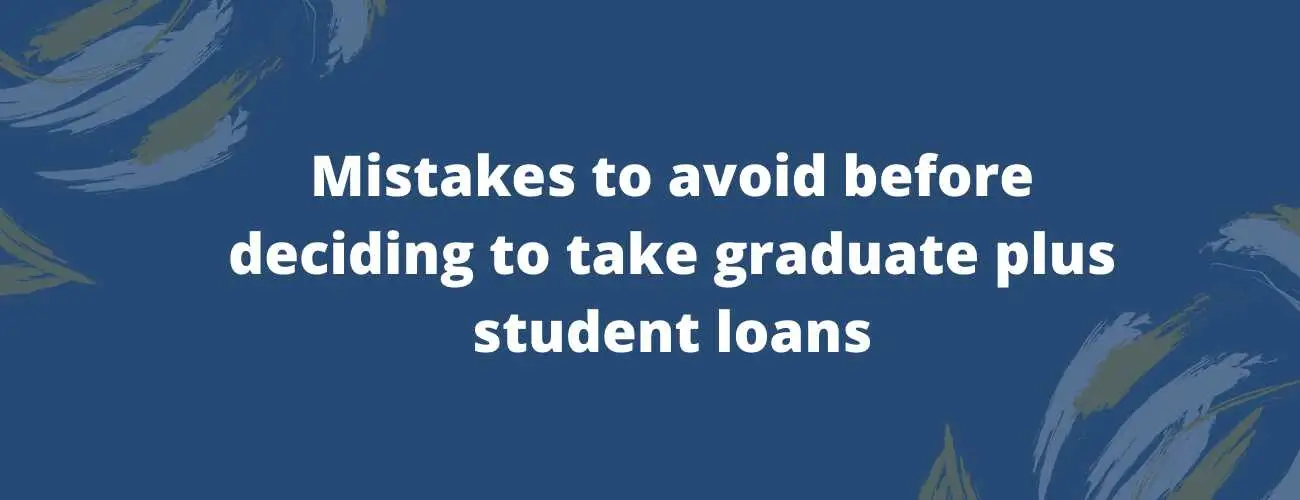Student Loan Rehabilitation
Is your student loan becoming a burden? Have you been feeling hopeless after your student loan was defaulted? Then student loan rehabilitation is the solution for you. Read more about the advantages, drawbacks and other features of student loan rehabilitation.
Updated by C Laltlanhlua on 29th October 2020
Student Loan Rehabilitation program is an agreement between a borrower and a lender. The program erases default status from the borrower’s account if they stick to a repayment plan for the amount of time stated in the agreement. Consequently, the credit score of the borrower gets repaired during the process.
If a borrower is not entitled to student loan rehabilitation after a loan default, then their creditworthiness can severely be damaged. It may also lead to court-ordered wage garnishments. For wages that are already garnished, completion of the rehabilitation program stops income seizures.
Once the loan is entitled to a rehabilitation plan, the eligibility for loan deferment, forbearance, and forgiveness will also be restored the way it was before the loan went into default. Usually, rehabilitation programs take 10 months to complete, but the duration can vary between 4 to 12 months, based on the lender.
List of contents
- What is student loan rehabilitation?
- Reasons to rehabilitate your defaulted student loan
- Types of rehabilitation
- Eligible loans
- Steps involved in the process
- Reviews
- Choosing between student loan rehabilitation and consolidation
- Commissions for Collection Agencies and Guarantee Agencies
What is student loan rehabilitation?
Rehabilitation is a reformative task to remove the default status on your student loan. Around 9-10 months are spent under a strict monthly repayment pattern to get the loan out of the default status. If these monthly repayments are strictly followed without any late payments, then the default status will be removed.
Income-Based Repayments are implemented during student loan rehabilitation to not add financial duress and encourage a successful outcome. There exist few borrowers who are eligible up to $0.0 repayment plans. This plan not only helps you repair your credit score or remove the default status on your student loan but also helps you qualify for certain student loan forgiveness programs as well.
Rehabilitation programs are offered by the Federal Government. Any borrower who has defaulted on a federal student loan and its collections has the right to use the rehabilitation program to ease his student loan default status. If you are struggling to pay back your student loan, then rehabilitation is one option that you should consider.
If wage garnishment has not been placed under your finances, consolidation of student loans will be possible.
Please take note that loan rehabilitation is usually a one-time opportunity.
Reasons to rehabilitate your default student loan
Poor credit history, debt collections, federal aid borrowing limitations, wage garnishments, deferments, forbearances, and tax offset are a few of the outcomes of defaulting student loans. Once defaulted, rehabilitation of that loan is vital to prevent further financial damages.
1. Poor credit history
Poor credit history has a negative impact on your credit report. It makes it difficult to qualify for further loans such as a home or a car loan. Even if the loan is paid off after being defaulted, credit history shows that it is being defaulted.
2. Debt collections
If the loan is transferred by the lender to a collection agency, then it is possible that additional charges will be levied along with the loan amount, for the efforts taken by the collection agency to recover the debt owed.
3. Federal Aid borrowing limitations
When a federal student loan defaults, you are no longer eligible for federal aid. This is definitely a drawback for those individuals who would want to return to school and obtain an advanced degree. To be eligible for federal aid, you’ll have to get out of default.
4. Wage garnishments
With wage garnishment, 15% of your expected paycheck is deducted. If wage garnishment is in place, default recovery options will be limited. You’ll not be eligible for student loan consolidation in this case. To get the garnishment removed you’ll have to take extra default recovery steps.
5. Deferments and Forbearance exclusions
Deferments and Forbearances offer more financial stability to students, till they can find enough time and money to repay their loans. However, if you default a program, you will not be eligible for either of these offers.
6. Tax offset
In order to regain an amount owed all tax refunds will be sent from the IRS to the student loan lender. It also includes your legal spouse’s federal tax refund when it is filed jointly.
Types of Rehabilitation
Depending upon the frequency of monthly payments there are three different types of rehabilitation are given below.
1 - Regaining eligibility for consolidation
Under this program, the number of payments to be made are 3 and the payments are to be made within 15 days of the due date.
2 - Regaining eligibility for federal student aid
Under this plan, the number of payments to be made is 6 and the payments are to be made within 15 days of the due date.
3 - Removing default from credit history
The number of payments to make is 9 out of 10 and the payments are to be made within 20 days of the due date.
Eligible loans
Only Federal student loans are eligible for loan Rehabilitation. These loans include -
-
Federal PLUS Loans
-
Federal Stafford Loans
-
Federal Consolidation Loan
Steps involved in the process
The following steps are included in the student loan rehabilitation process.
Step 1 - Initiation of the rehabilitation process
When payments are not made for nine months, student loans automatically default. Once the default stage is reached, the rehabilitation process has to be initiated before any further damage on your loan status and credit score.
The advantages and disadvantages of loan rehabilitation are mentioned by the lender. Repayment plans of the rehabilitation program should also be mentioned. Installments are limited at 15% of the annual discretionary income.
The monthly installments should be reasonable and affordable. A lower rate is negotiated if the borrower can not afford the one offered. Income-based repayment is always better than fixed-rate repayment.
The US Department of Education does not currently charge collection fees on Federal Direct Loans. But if your account was turned over to a collection agency, then costs can be added by collection agencies as a commission.
Step 2 - On-time monthly payments
The borrower makes the monthly payments for the time required by the program. It is strictly mandatory to make on-time payments since missing even a single payment can result in further serious issues.
On-time payments are those where the payments are received within 20 days of the due date without a penny less than the amount mentioned in the program. The on-time payments for Perkins Loans are 15 days away from the due date.
Step 3 - Completion of rehabilitation and restoration of loan status
At this stage, the rehabilitation is completed and the default status of the loan is removed from the borrower’s account.
Student loan default is one of the easiest solutions that students arrive at when they do not have enough money to repay their loans. Defaulting occurs when no payment is done within a 270 day period. Those struggling to pay their loans can receive help from the Student Loan Advisory Group.
What happens behind the rehabilitation process?
The processes that happen under the rehabilitation process are given below.
-
After the rehabilitation program is completed, the restoration of loan status is initiated
-
Educational Credit Management Corporation (ECMC) does this by making a request to the National Consumer Reporting Agency regarding the deletion of the trade-line from your consumer report
-
The loan information would then be stored in the National Student Loan Data Systems. These processes happen within 45 days of the loan being transferred to the eligible lender
-
If a delay is experienced in updating your loan on NSLDS, then you can contact the loan holders for help
Still confused? Learn more about student loans
Reviews
Like the flip of a coin, student loan rehabilitation programs have advantages as well as disadvantages.
Advantages
The advantages of student loan rehabilitation program are given below.
-
The default is erased from the credit report - after the completion of loan rehabilitation the default status is removed from the credit report of the borrower
-
Lower amounts of monthly payments - repayment during rehabilitation is income-based and is very low as $5 in a month
-
Eligibility of loan benefits are restored - eligibility for deferment, forgiveness, and forbearance will be granted after the rehabilitation process
-
Eligibility for additional loans and financial aid are restored
-
Rehabilitation immediately ends collection activities or legal issues over your loan.
Disadvantages
The disadvantages of student loan rehabilitation are given below.
-
Rehabilitation payments are made after the wages are garnished and cannot be retrieved. This garnishment will end once your loan is no longer in default
-
Rehabilitation programs are offered rarely to borrowers by private lenders
-
Late payments sometimes remain on your report. Even though credit report doesn’t show default, late payments will definitely create an impact on your credit.
If rehabilitation is not planned properly before the borrower considers every possible situation and the outcome, it may lead them to an even worse debt. Hence, it is strongly recommended that you calculate the end result before you directly jump into rehabilitation.
Private student loan default penalty totally depends on your lenders, the time period and action that is taken against you regarding student loan default can differ from federal loans. Postpone student loan payment can also be a useful option to consider. When loans (federal loans) are not paid for a certain period of time (90 days), your loans are in delinquency. Similarly, loans not paid for about 90 to 270 days, they become default student loans. Know the difference between default and delinquency. Refinance default student loans also help you manage your loans with lesser interest rates. Private student loan default penalty totally depends on your lenders, the time period and action taken against you on student loan default can differ from federal loans.
It is necessary, to understand how important it is to avoid student loan default as it can affect you in multiple ways. If you're in default or near to default, you can choose student loan settlement as an option where you owe your lender lesser money. The ED, gives Student loan default statistics where it is said that 10% of student loans is in default just within the first 3 years. Student loan rehabilitation is a disciplinary action taken to get out of default, which requires you to pay 9 months of repayment on time and the default status will be removed.
Choosing between student loan rehabilitation and consolidation
Reasonable and affordable payments are made available through a rehabilitation agreement. Rehabilitation takes a long time to be processed and, hence, it takes time to get out of default. Depending upon personal situation student loan consolidation makes more sense. Moreover, late payments during rehabilitation remain on your credit report as well.
Consolidation, in comparison with rehabilitation, is a faster way to get out of default. Capping of monthly payments can be made at a percentage of your income under the loan consolidation option.
Consolidation also opens up ways for better repayment plans. Consolidation takes only between 30 to 90 days which is much shorter than the time required for rehabilitation.
There is, in fact, no perfect answer on whether to choose rehabilitation or consolidation. The outcomes remain the same. You either get your student loan payments back on track or get out of default and are in good standing with your payments. The choice is purely personal based on one’s current income, debts and the ability to repay.
Commissions for Collection Agencies and Guarantee Agencies
Collection Agencies and Guarantee Agencies receive a commission based on the amount of monthly payment for the rehabilitation. If the monthly payment exceeds a certain percentage of the outstanding balance the agency will earn 100% of the commission. These percentages are given in the table below.
| Loan Balance | Monthly Payment from Outstanding Loan Balance |
| < $7,500 | 1.29% |
| < $9,999 | 1.14% |
| < $19,999 | 1.00% |
| < $ 39,999 | 0.87% |
| Greater than $ 40,000 | 0.76% |
It is important to negotiate on a monthly payment that you can afford as a borrower. Agencies typically do not reveal the possibility of negotiation when a borrower can even opt for Income-Based Repayment.
Conclusion
Rehabilitation will help you get out of your loan default and set your credit report straight after getting into loan default. At the same time, if you do not choose a repayment plan properly, it may bring you a bigger debt than you actually start with. So be cautious of the program before you begin and make sure that the monthly payment amount is affordable for your current financial situation.
Note down the following tips to make sure that you get the best rehabilitation program for your loans.
1 - Never enter into a verbal rehabilitation agreement
It is necessary to make the agreement in a written format. This would be documented and used for future purposes. Confusions regarding what was said and agreed upon can be omitted with a written agreement.
2 - Make sure to not include mistakes in your written application
Critical details including monthly payment details and more are included in your student loan rehabilitation application form. It is necessary to carefully add details in the application form regarding these.
3 - Make sure that you are aware of the collection costs in the collection agency
Federal regulations grant permission to the collection agency to add the collection costs to the federal loans. So as a borrower you can try your best to negotiate with the collection agency to reduce your cost of collection. This negotiation has to be performed before the initiation of the rehabilitation amount.
4 - Do not accept the payment amount without negotiation
Monthly rehabilitation is set at a reasonable and affordable amount. If there are any recent changes in your income or expenses, then you should let the collector know about it. Remember that it is almost always possible to reduce the monthly payment.
5 - It is necessary to stack up, the essential documentation
If in case a clarification regarding payments is to be made, a few of the errors that can arise in the documentation process includes missing a payment, the inclusion of late payment, mistakes from the collection agency to not credit the account in the right way, unavailability of copies of canceled checks or bank statements showing payments, and more. Keep all the necessary documentation ready as this could reduce the anxiety and confusion that may come along.
6 - Complete on-time payments required
The 9 monthly agreed-upon payments are to be made as per the Federal student loan rehabilitation guidelines. In that case, you will have to make these payments on time. Your loans will remain in default if you do not follow the rules.
7 - Identify changes in credit card reports especially during every 6 months
A small error says in the case of a mortgage or car loan can reduce the benefits of the whole rehabilitation program. If in case you find an error, you can have the problem investigated and then fixed.
8 - Once your loan is rehabilitated then you can choose the best repayment plan that suits you
If in case you don’t select a repayment plan, you’ll automatically be placed under the 10-year repayment plan. Other options including income-dependent plans will save your money each month. These programs can also lead to the discharge of unpaid balance after a period of time.
If you have weight in all your options and have decided to look into an agreement for your student loan rehabilitation, you may proceed to contact or call the phone number of your loan provider or lender.
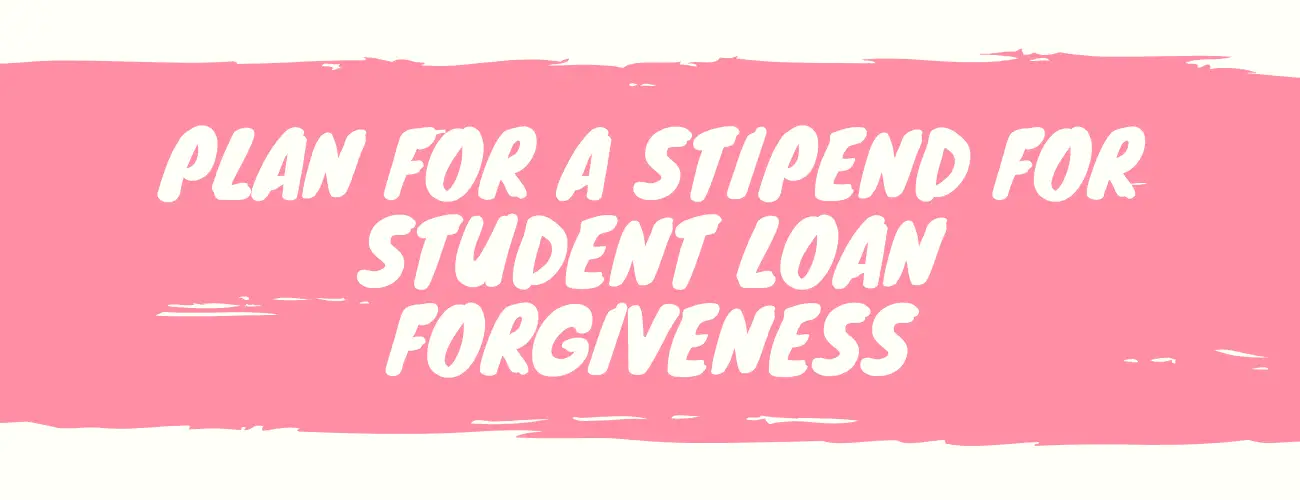
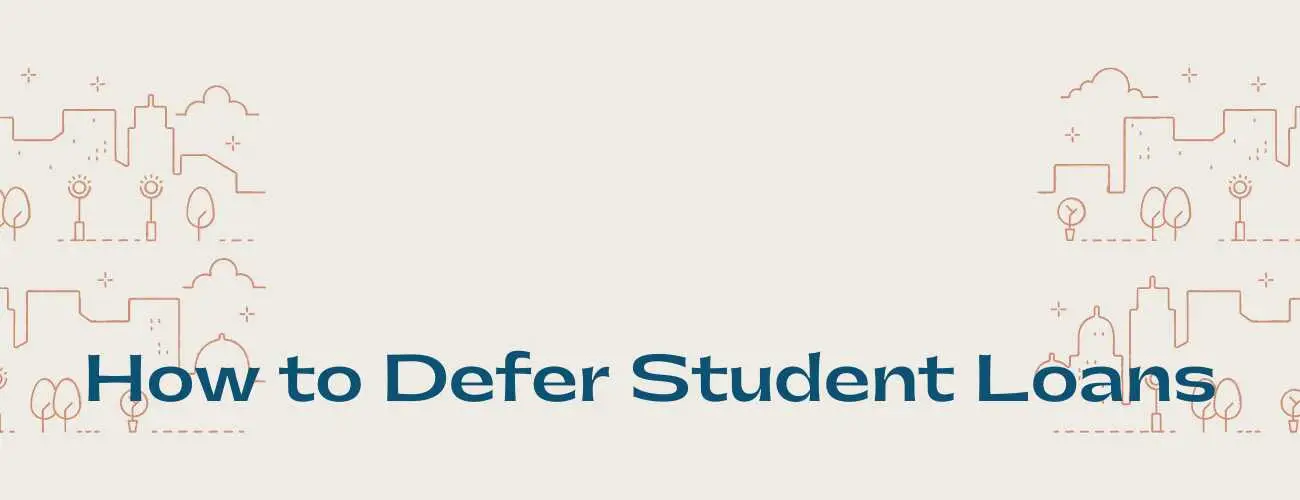
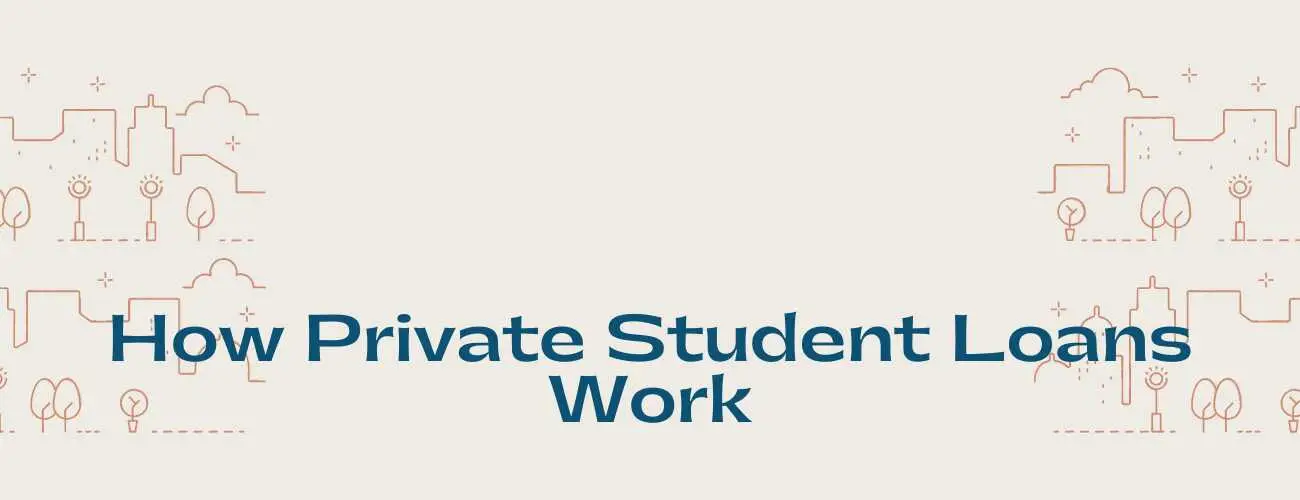
93.jpg)
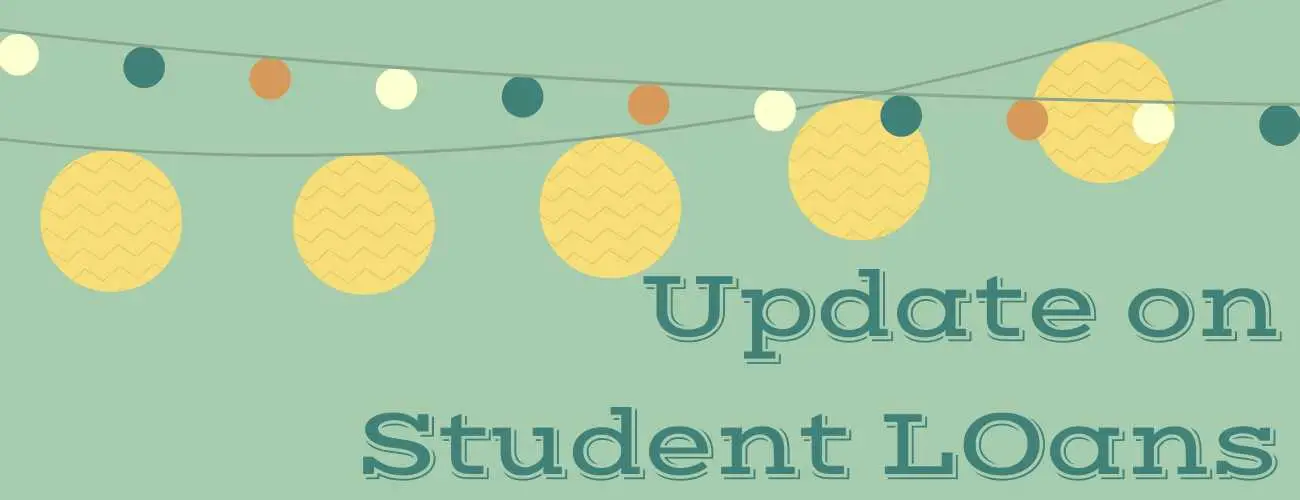
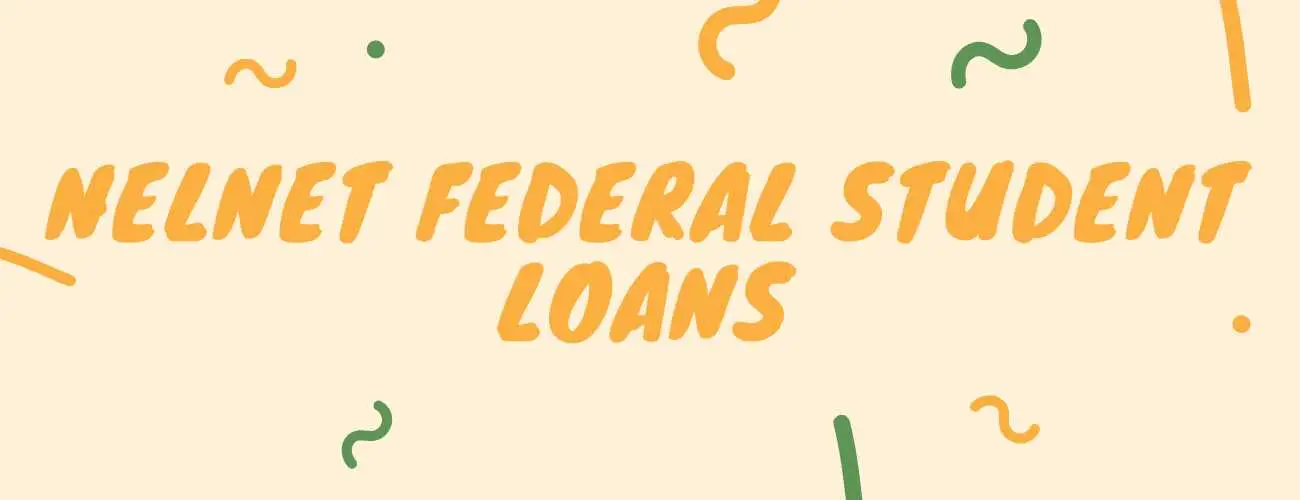
28.jpg)
